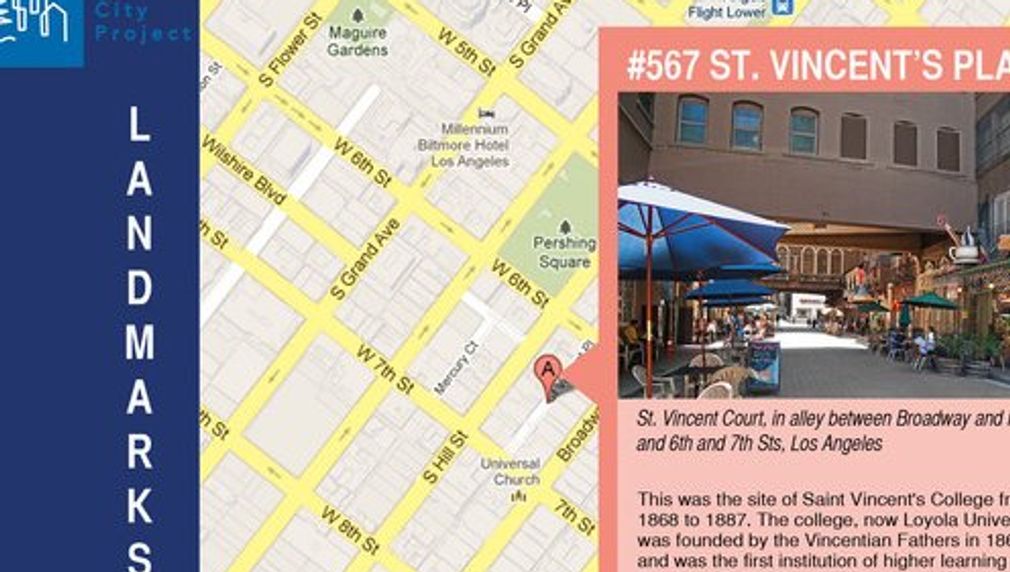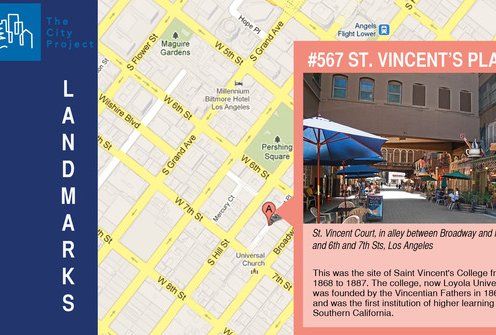The City Project
The City Project is a nonprofit organization committed to achieving equal justice, democracy, and livability in Los Angeles. Since our founding in 2000, we have influenced the investment of over $41 billion in underserved communities. Working with community allies, we have helped create the Los Angeles State Historic Park and RÃo de Los Angeles State Park as part of the greening of the LA River. We helped save the sacred Native American site of Panhe and San Onofre State Beach and helped save the community and park in Baldwin Hills. We have mapped and analyzed green access and equal justice for nine counties in Southern California and beyond. We have received recognition and awards from the American Public Health Association, Hispanic Business Magazine, American Society of Landscape Architects, California Parks and Recreation Foundation, Los Angeles Regional Water Quality Board, City of Los Angeles, Community Partners, and Cultural Landscape Foundation.
Visit this organization’s website to learn more

1 Submitted Idea
- 2013 Grants Challenge
Discovering LA’s Forgotten Landmarks: Celebrating Our Diverse Cultural History

Los Angeles County is home to over 1,000 City of Los Angeles Historic-Cultural Monuments, over 100 California Historical Landmarks, and 20 National Historic Landmarks. Some, like the Coliseum, are prominent fixtures in the area. Others are hidden, such as the first Jewish site in LA tucked away on a hill by Dodger Stadium, or St. Vincent’s Place, the first institution of higher education in Southern California in what is now an alley between Broadway and Hill. Our idea is to create an interactive online guide and user-friendly smartphone app that highlight city, state, and national cultural and historic landmarks in LA County by mapping them with linked photos and content about each site’s history and cultural relevance. This service would increase exposure to the full spectrum of LA’s landmarks and paint a more complex, multicultural portrait of LA. Previously, we mapped over 940 City of Los Angeles monuments, with interesting findings (www.mapsportal.org/thecityproject/monuments). The official government listings contain limited information about the number, name, location, and date of designation of a monument. Through our research and mapping, we linked city monuments to map locations and added photos and brief content about the history and cultural relevance of the site. In so doing, we discovered that only ten percent of the city monuments were related to people of color, women, or Native Americans. This stands at odds with the diversity brought on by migration and immigration that was pivotal in LA’s creation, and it reflects the glaring inequities in our city. State-designated landmarks more closely approach an accurate reflection of LA’s demographics, with nearly 40 percent of the landmarks honoring people of color, women, or Native Americans. We will update and expand upon our online mapping of city monuments to include city monuments designated since our prior work and all state and federal historic landmarks. We will create a smartphone app that provides photos, locations, and content about each site’s history and cultural relevance to facilitate on-the-go access to and appreciation of all of LA’s landmarks. Mapping LA’s cultural and historic landmarks will reinvigorate forgotten cultural aspects of the county’s history. Local residents will gain a deeper understanding of their neighborhoods, and visitors will be able to see LA beyond its famous tourist attractions. In so doing, we hope to draw attention to the past and present demographics of the city and celebrate the history and diversity of LA.